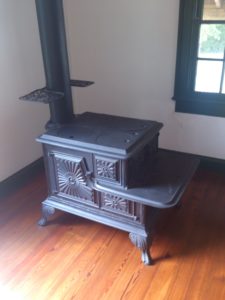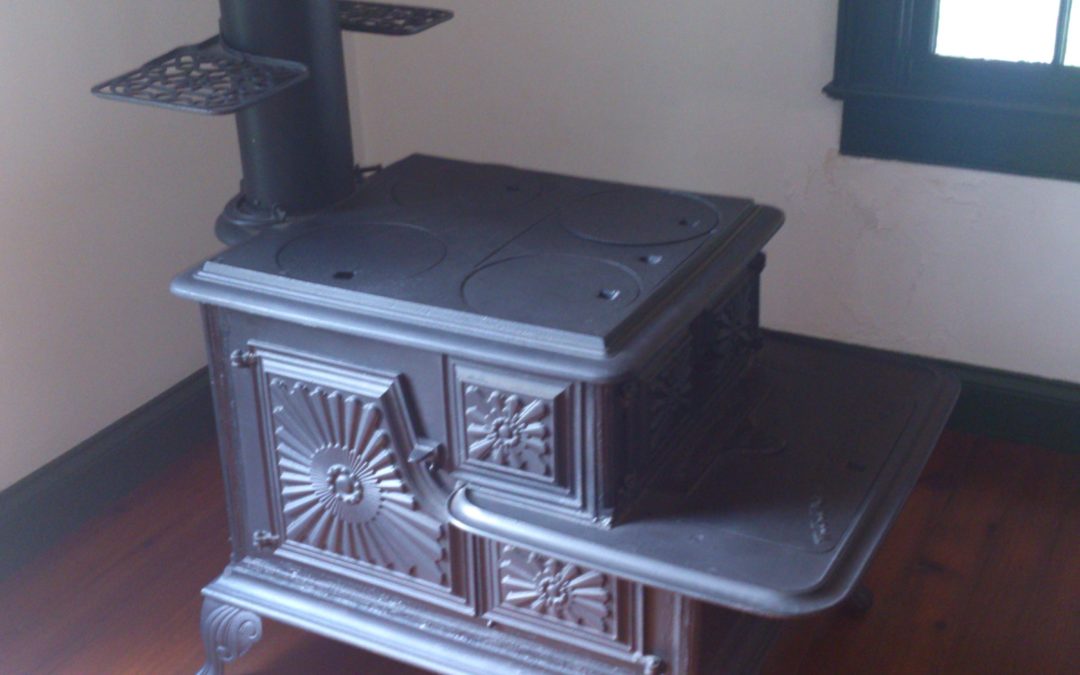
We all understand that wood is an environmentally friendly fuel source for a variety of reasons. I’ll discuss some of those reasons throughout this blog post, but the primary reason for writing today is to compare the eco-friendly status of wood burning stoves and fireplaces. I’ll cover the different burning styles of each appliance, and basic information as to why one seems to be a better choice over the other. Which one do you believe is the better alternative for burning wood the most efficiently? Let’s see if you’re right!
Wood is Carbon Neutral. What Does that Mean?
Carbon neutral, by definition, means: making no net release of carbon dioxide into the atmosphere, especially through offsetting emissions by planting trees. In a nutshell, it is a substance that leaves absolutely no carbon footprint due to the natural process in which it is grown and used. Burning fossil fuels, for example, releases large amounts of greenhouse gases into the atmosphere. Burning wood does not.
Wood is Sustainable and Renewable
If we plant a tree for every tree we use as fuel, we create a cycle of renewable resources. Unfortunately this does not always happen, and cutting trees in certain areas is absolutely forbidden. Our country’s natural forests are being stripped, forcing the United States Forest Service to handle the situation with a heavy hand. New trees must be planted in order for us to maintain the cycle of using wood as an everyday part of life, whether it’s furniture making or keeping us warm throughout the winter.
If you can’t plant a tree, please consider donating to an organization that plants trees to renew our nation’s forests.
High Efficiency Burning
Fireplaces don’t burn as hot as wood burning stoves, so many of the combustion gases released, such as carbon monoxide, are allowed to escape through the chimney. A down draft, or back draft, may blow these carbon monoxide fumes back into the home. Small particles of the wood may also condensate and stick to the side of the chimney lining, resulting in creosote. Creosote is a highly combustible fuel that puts your home at risk for a house fire.
Wood burning stoves burn very hot and most of the small wood particles that escape a fireplace fire do not escape from them. Wood stoves are more efficient burners, and cause less pollution. Wood lasts longer in a wood burning stove than it does in a fireplace because you can control how hot they burn. A wood stove heats a room through radiant heat, which also makes them more effective at heating your home.
Chimney Cleaning
Regardless as to the type of appliance you use, you absolutely must schedule a chimney inspection and cleaning at least once per year. The one equally dangerous thing that fireplaces and wood burning stoves have in common is the fact that a damaged chimney liner, or flue, can expose the inhabitants of your home to deadly carbon monoxide fumes. Don’t take the chance on starting a fire without a thorough cleaning and inspection before fall.
Based on the facts I’ve shared here, wood burning stoves win the environmentally friendly test! Were you right? Did you know for sure or was it a guess? Share your thoughts below!

